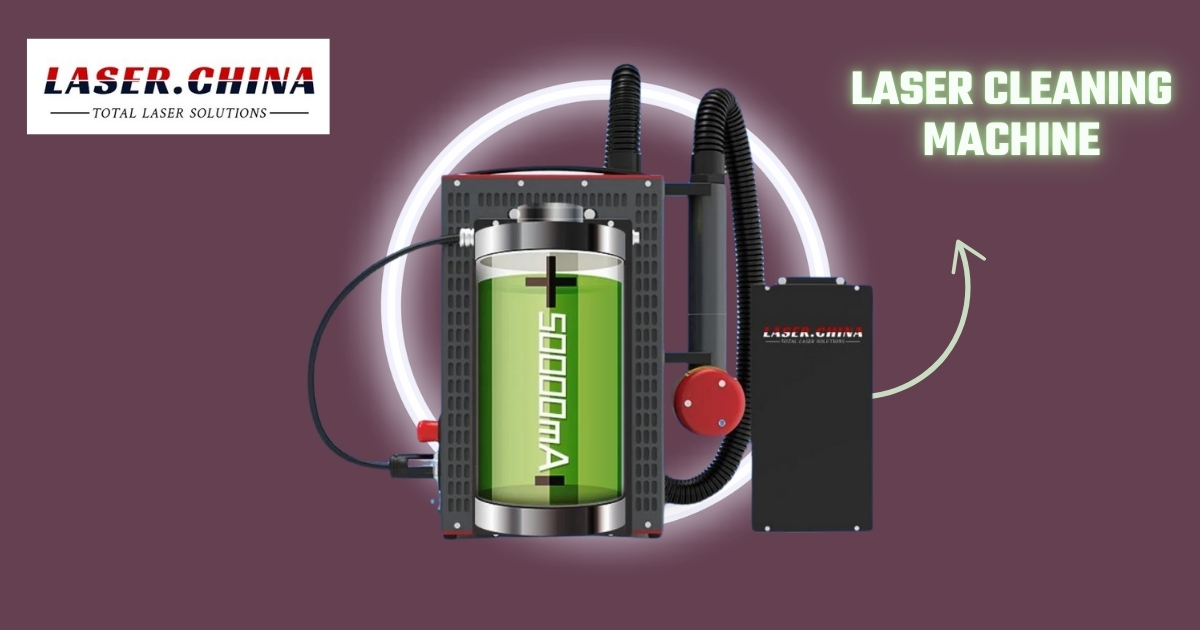Laser welding systems are increasingly becoming a cornerstone of modern manufacturing due to their precision, speed, and versatility. But what exactly is a laser welding system, and how does it work? Understanding the basics of this technology can help businesses and individuals decide if it’s the right solution for their welding needs.
Exploring the Laser Welding System and Its Functionality
A laser welding system is a sophisticated technology used to join materials, typically metals, by focusing a highly concentrated beam of light (laser) to melt and fuse the surfaces together. It is widely used across various industries, including automotive, aerospace, electronics, jewelry, and medical devices, due to its accuracy and ability to produce clean, strong welds with minimal post-processing. Let’s break down its components, working principles, and advantages.
1. Components of a Laser Welding System
A laser welding system is made up of several critical components:
- Laser Source: This generates the laser beam. Common types include fiber lasers, CO2 lasers, and Nd:YAG lasers. Fiber lasers are the most widely used due to their efficiency and low maintenance.
- Beam Delivery System: This includes mirrors or fiber optics that guide the laser beam to the welding area.
- Focusing Lens: This focuses the laser beam to a specific point, achieving the energy density required for melting the material.
- Workpiece Positioning System: A CNC-controlled table or robotic arm is often used to position the material for precise welding.
- Cooling System: Laser welding generates heat, so a cooling mechanism, typically water or air-based, is used to maintain stable operating conditions.
- Control Unit: The control panel or software interface allows operators to set parameters such as power output, welding speed, and focus.
2. How Does a Laser Welding System Work?
Laser welding systems operate based on the principles of laser energy and heat transfer. Here’s how the process works step by step:
- Laser Generation: The laser source produces a concentrated beam of light with a specific wavelength.
- Beam Focusing: The laser beam is focused onto a small area on the material’s surface using lenses or mirrors. This creates a high-energy density that melts the material.
- Welding Process:
- Conduction Welding: The laser heats the surface of the material, and heat transfer melts the material below the surface. This method is ideal for thin materials.
- Keyhole Welding: The laser penetrates deeper into the material, creating a small “keyhole” that is filled with molten material. This method is used for thicker materials.
- Material Fusion: As the laser moves along the joint, the molten material solidifies, creating a strong weld.
- Cooling and Finishing: The weld cools rapidly, leaving a clean and precise joint with minimal distortion.
3. Advantages of Laser Welding Systems
Laser welding systems offer several advantages over traditional welding techniques:
- Precision: The focused laser beam ensures accurate welding with minimal distortion, making it ideal for intricate work like jewelry or medical devices.
- Speed: Laser welding is faster than most conventional methods, increasing productivity in manufacturing processes.
- Versatility: These systems can weld a wide range of materials, including metals (steel, aluminum, titanium) and even some non-metals like plastics.
- Non-Contact Process: The laser does not physically touch the material, reducing wear and tear on the machine.
- Minimal Post-Processing: The clean and precise welds often require little to no post-processing, saving time and effort.
- Automation Capabilities: Laser welding systems can be integrated into automated production lines, making them ideal for large-scale manufacturing.
4. Applications of Laser Welding Systems
Laser welding systems are used in various industries for diverse applications:
- Automotive: Welding car body panels, transmission components, and batteries for electric vehicles.
- Aerospace: Joining high-strength alloys used in aircraft structures.
- Medical: Manufacturing surgical tools and implantable devices.
- Electronics: Welding tiny components like sensors and connectors.
- Jewelry: Repairing and creating intricate designs with minimal heat damage.
5. Conclusion
A laser welding system is a powerful and versatile tool that has revolutionized the welding process. By leveraging the precision and efficiency of laser technology, businesses can achieve higher-quality welds with less waste and downtime. Whether for industrial-scale production or small-scale, high-precision applications, laser welding systems offer unmatched benefits that make them an essential part of modern manufacturing.

